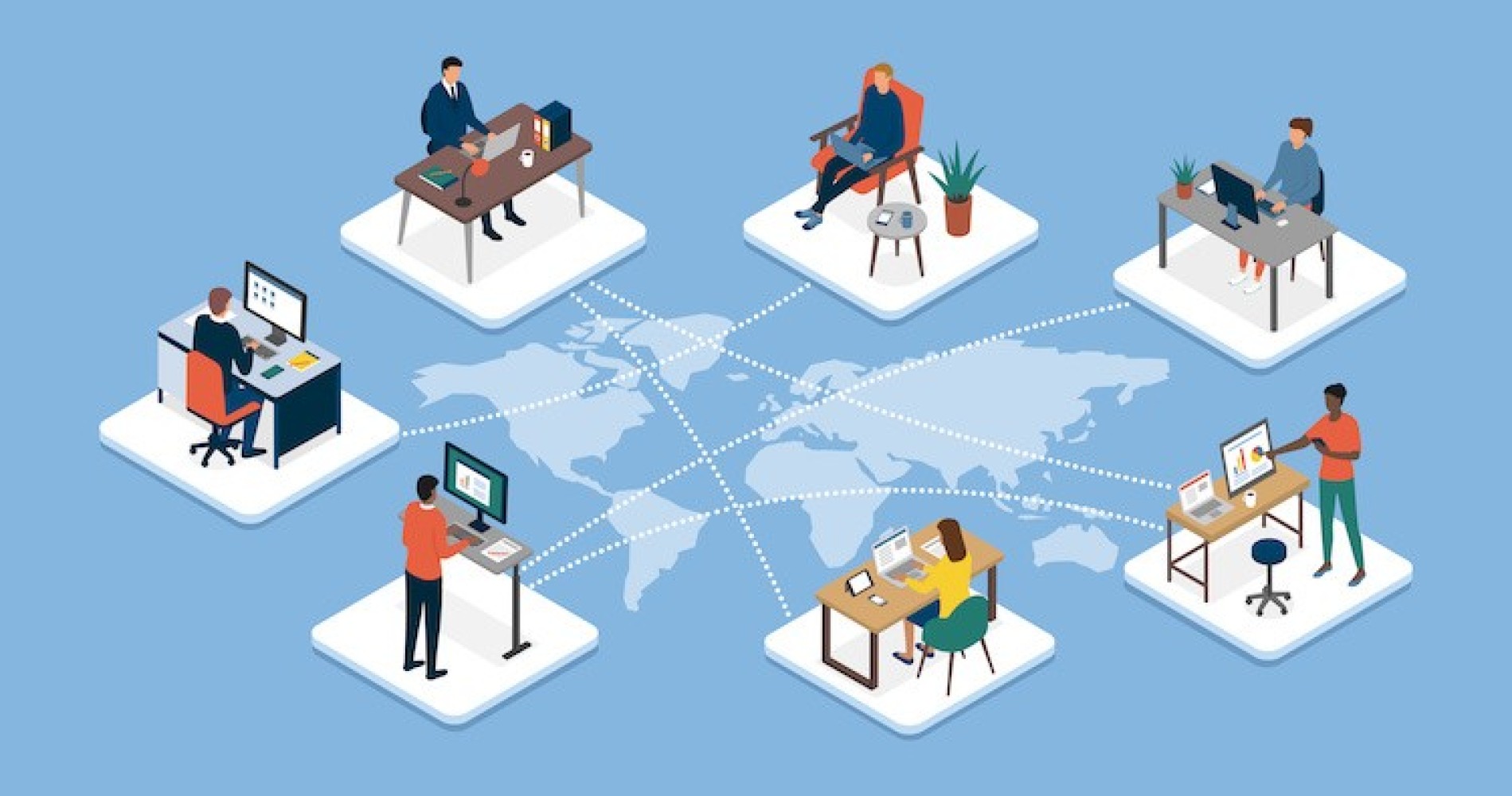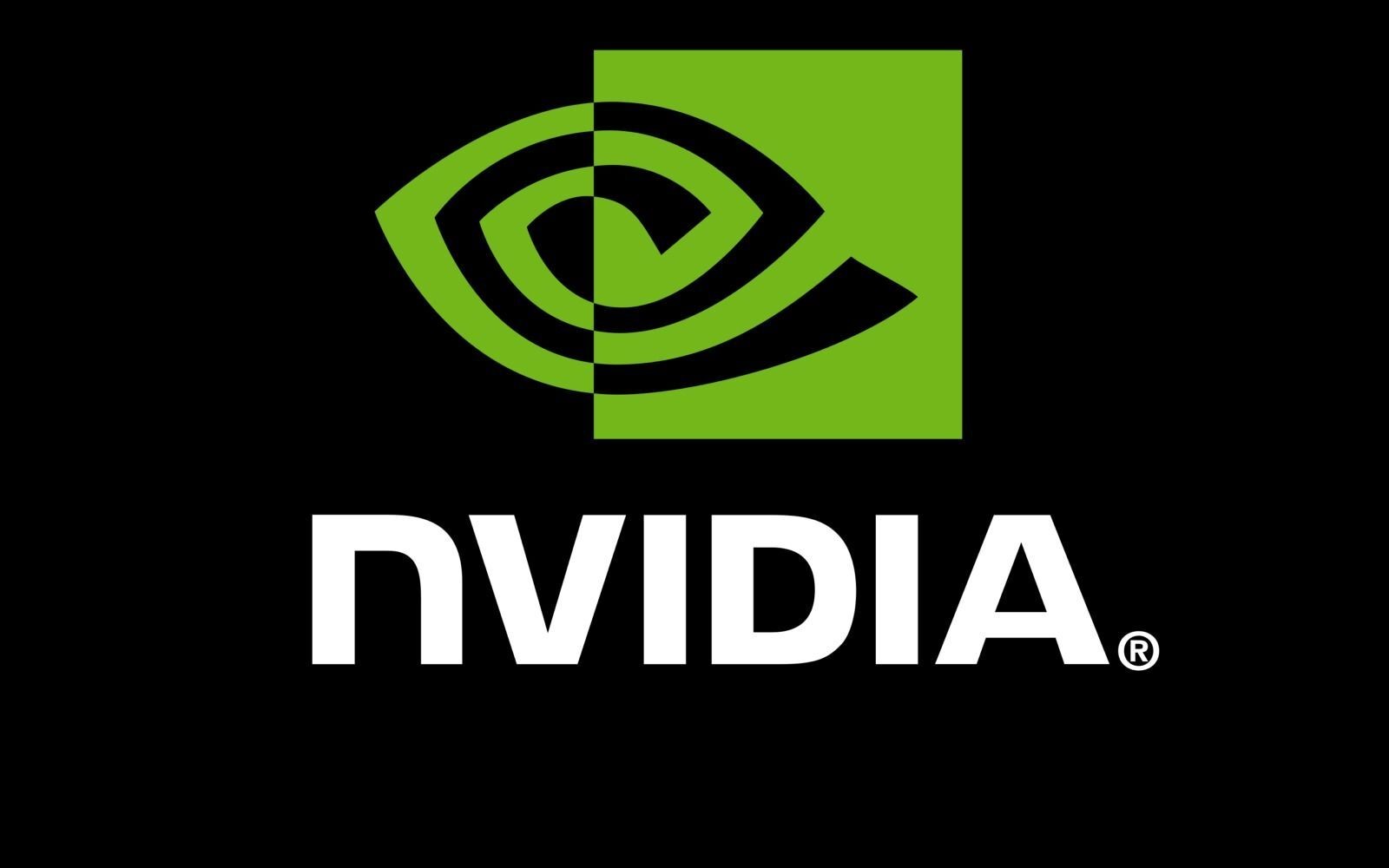The Impact of 5G Technology on IT Infrastructure
The advent of 5G technology is not just a leap forward in mobile communications; it’s a revolution poised to reshape IT infrastructure across the globe. As 5G networks roll out, they bring profound changes to network architecture, speed, and innovation opportunities, all of which have significant implications for businesses and consumers alike. Let’s delve into how 5G is transforming IT infrastructure and what this means for the future.
1. Revolutionizing Network Architecture
One of the most significant impacts of 5G technology is its transformation of network architecture. Unlike its predecessors, 5G employs a more advanced and flexible architecture designed to support a broader range of applications and services.
- Network Slicing: 5G introduces the concept of network slicing, which allows operators to create multiple virtual networks within a single physical 5G network. Each slice can be customized to meet specific requirements for different applications, such as ultra-reliable low-latency communications (URLLC) for critical applications or enhanced mobile broadband (eMBB) for high-speed data needs. This flexibility enables more efficient use of network resources and improved service delivery.
- Edge Computing Integration: 5G networks are designed to work seamlessly with edge computing. By processing data closer to where it is generated, 5G reduces latency and improves response times, which is crucial for applications requiring real-time processing, such as autonomous vehicles and smart city solutions. This integration helps distribute computing power and data storage closer to the end-users, enhancing performance and reliability.
2. Unprecedented Speeds and Low Latency
5G technology offers dramatic improvements in speed and latency compared to previous generations of mobile networks.
- Enhanced Speeds: 5G is capable of delivering download speeds up to 10 gigabits per second (Gbps), which is up to 100 times faster than 4G. This increase in speed supports high-bandwidth applications such as high-definition video streaming, virtual reality (VR), and augmented reality (AR), all of which require substantial data transfer rates.
- Reduced Latency: 5G significantly reduces latency to as low as 1 millisecond, compared to around 30 milliseconds with 4G. This reduction is crucial for applications that demand immediate feedback, such as online gaming, remote surgery, and real-time communication systems. Low latency improves user experience and opens new possibilities for interactive and immersive applications.
3. New Opportunities for Innovation
The rollout of 5G technology is creating a fertile ground for innovation, driving advancements across various sectors:
- Smart Cities: 5G enables the development of smart cities by supporting the connectivity of numerous IoT devices. This connectivity allows for enhanced traffic management, improved public safety, and more efficient utility services. For example, real-time data from smart sensors can be used to optimize traffic flow and reduce congestion.
- Autonomous Vehicles: The low latency and high-speed capabilities of 5G are essential for the operation of autonomous vehicles. These vehicles rely on constant, real-time communication with other vehicles, traffic management systems, and infrastructure to navigate safely and efficiently.
- Industrial Automation: In industries such as manufacturing and logistics, 5G facilitates the deployment of advanced robotics and automation systems. These systems benefit from 5G’s high-speed data transfer and low latency, which improve operational efficiency and enable new levels of precision and control.
- Telemedicine and Remote Work: The enhanced connectivity and speed of 5G support the growth of telemedicine by enabling high-quality video consultations and remote monitoring of patients. Similarly, 5G enhances remote work capabilities by providing reliable and fast internet access, which supports seamless collaboration and productivity.
4. Challenges and Considerations
While 5G technology offers numerous benefits, it also presents some challenges that need to be addressed:
- Infrastructure Costs: The deployment of 5G requires significant investment in new infrastructure, including the installation of small cells and upgraded equipment. Organizations must consider the financial implications and plan accordingly to leverage the benefits of 5G.
- Security Concerns: The increased connectivity and complexity of 5G networks introduce new security challenges. Ensuring robust cybersecurity measures and protecting data privacy will be critical as more devices and services become interconnected.
- Spectrum Management: Efficient spectrum management is essential for the optimal performance of 5G networks. As 5G utilizes higher frequency bands, managing interference and ensuring adequate coverage can be challenging.
Conclusion
The impact of 5G technology on IT infrastructure is profound and multifaceted. By revolutionizing network architecture, offering unprecedented speeds and low latency, and unlocking new opportunities for innovation, 5G is setting the stage for a new era of connectivity and technological advancement. As businesses and consumers adapt to these changes, they will need to navigate the challenges and embrace the possibilities that 5G presents. The future of IT infrastructure is not only faster and more efficient but also brimming with new potential for growth and development.
































